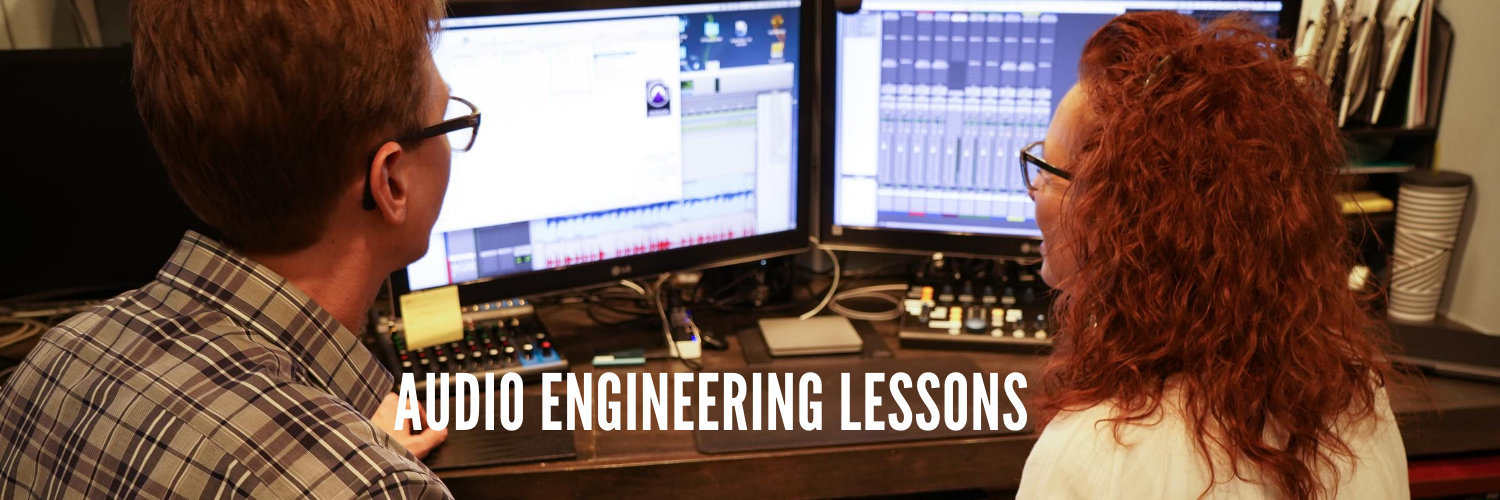
Supertonics also have a tendency to pull toward the dominant. On its own, it’s a non-chord tone, so it creates a bit of tension that can be interesting. The supertonic is the second degree in a scale, which is also a whole step above the tonic in both the major and natural minor. It’s also commonly called the root, and serves as the tonal center of the key. The tonic is the first note, or first degree, or a scale. Minor: Whole – Half – Whole – Whole – Half – Whole – Whole.Major: Whole – Whole – Half – Whole – Whole – Whole – Half.It should help us better understand some of the lingo used later. For the sake of this article, we’ll list all of the technical names of a diatonic scale.īefore we move on, we’ll list the structure, in terms of whole and half steps, of both major and minor scales. That means it’s missing two scale degrees. You’ve probably heard of the pentatonic scale as well, which only contains five notes.

The other name for that, mentioned above, is a diatonic scale. We’ve already established that the major and natural minor scales contain seven notes a piece. Major & Minor Scales Have 7 Scale Degrees (Each) There are technical names ascribed to each note in a scale which we’ll get into shortly as well. Pretty easy, right? For example, the fifth note-G in the key of C major-is also called the fifth scale degree, or the 5.

From there, the numbers ascend sequentially with the notes in the scale. We call the root, C, the 1 or the first degree.

C Major scale: C – D – E – F – G – A – B.


 0 kommentar(er)
0 kommentar(er)
